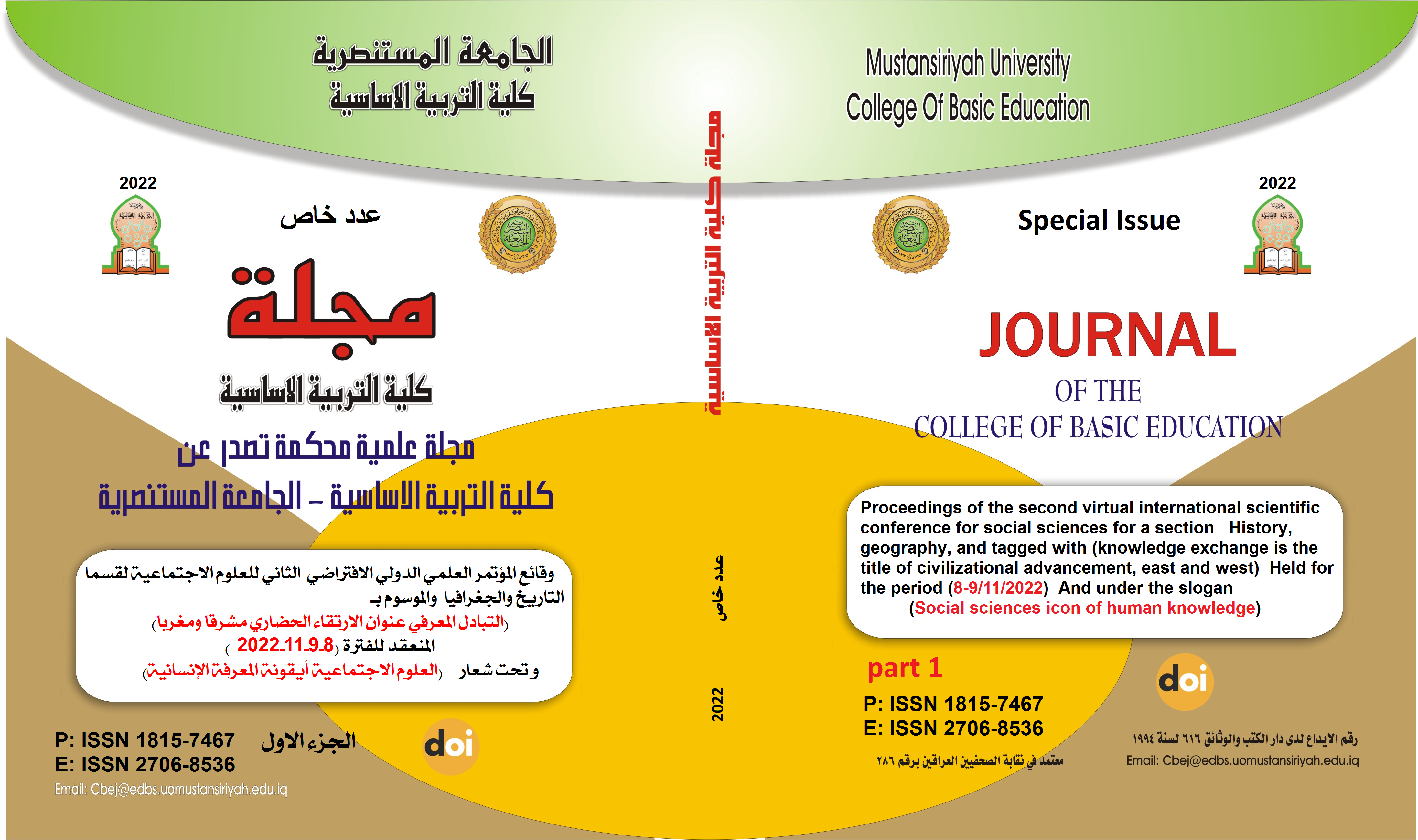The Linguistic Method: An Approach to Understand and Restore Ancient Texts and Their Role in Criticizing Arabic Sources
Main Article Content
Abstract
Many schools of historical criticism started in the seventeenth century with the methods of verifying manuscripts, to the nineteenth century, when the methods of historical research were proven that culminated in the school of historical criticism. With the "linguistic method," we will open a new school for historical studies, and these are some of its points:
- The study of the origins of words to find out the oldest ones. For example, did “Baal” the Canaanite god precede “Bel” the Babylonian, god, or vice versa? Because the two deities hold the same function. According to linguistic development, the Canaanite word is the oldest, because the hard Arabic phoneme "Ain" ((ع turns into the light Arabic phoneme "alif (ا) and not the other way around.
- Investigating ancient Arabic manuscripts concerning the Greek or Syriac origin translated from it. This investigation helps to control an Arabic text that transcribers have distorted over hundreds or sometimes thousands of years, and thus we obtain a more accurate text. For example, by returning to the Syriac or Greek origin, we were able to change Arabic words, on which all Arabic manuscripts were unanimous: “little/few” in Arabic becomes “biography”, “mind” becomes “lien”, “to pull” becomes “exist”, “careful” becomes “assertive” and “simplicity” becomes “vitality/activity”.
- In investigating these manuscripts, we understand very well the development of Arabic writing and the development of grammar. This helps us to criticize the sources, and re-read them. It also helps us in determining the meanings of words in their time before their meaning evolved as it is known today, so we checked it more.
Article Details
How to Cite
The Linguistic Method: An Approach to Understand and Restore Ancient Texts and Their Role in Criticizing Arabic Sources. (2023). Journal of the College of Basic Education, 1(SI), 149-170. https://doi.org/10.35950/cbej.v1iSI.10617
Section
human sciences articles

This work is licensed under a Creative Commons Attribution-ShareAlike 4.0 International License.
How to Cite
The Linguistic Method: An Approach to Understand and Restore Ancient Texts and Their Role in Criticizing Arabic Sources. (2023). Journal of the College of Basic Education, 1(SI), 149-170. https://doi.org/10.35950/cbej.v1iSI.10617
